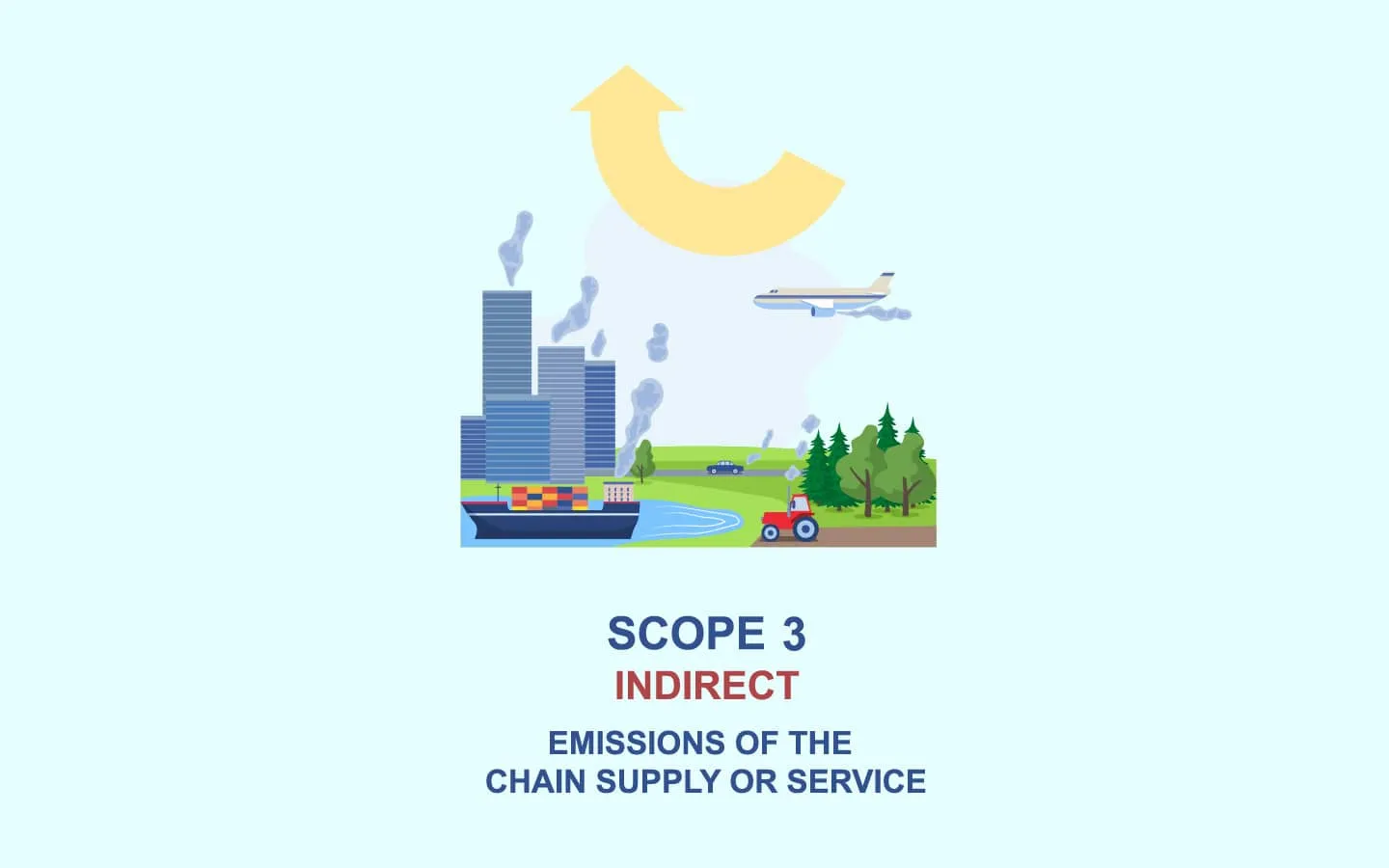Scope 3 emissions refer to all indirect greenhouse gas (GHG) emissions that occur throughout an organization’s value chain, excluding Scope 1 and Scope 2 emissions. These emissions are typically generated by the production, processing, transportation, storage, and disposal of goods and services purchased by the organization.
Scope 3 Emissions Categories
- Purchased Goods and Services: Emissions from the production, processing, and transportation of goods and services purchased by the organization.
- Capital Goods: Emissions from the production and transportation of capital goods, such as equipment and vehicles.
- Fuel- and Energy-Related Activities: Emissions from the extraction, production, and transportation of fuels and energy.
- Transportation and Distribution: Emissions from the transportation and distribution of goods and services.
- Waste Generated in Operations: Emissions from the disposal of waste generated in operations.
- Employee Commuting: Emissions from employee commuting to and from work.
- Business Travel: Emissions from business travel.
- Supply Chain: Emissions from the production, processing, and transportation of goods and services throughout the supply chain.
Calculating Scope 3 Emissions
Calculating Scope 3 emissions can be complex and requires gathering data from various sources, including:
- Supplier Data: Collecting data from suppliers on their GHG emissions.
- Industry Benchmarks: Using industry benchmarks and averages to estimate emissions.
- Emissions Factors: Applying emissions factors to estimate emissions.
Reducing Scope 3 Emissions
To reduce Scope 3 emissions, organizations can:
- Engage with Suppliers: Collaborate with suppliers to reduce their emissions.
- Implement Sustainable Procurement Practices: Incorporate sustainability criteria into procurement decisions.
- Optimize Logistics and Transportation: Improve the efficiency of logistics and transportation.
- Promote Sustainable Employee Behavior: Encourage employees to adopt sustainable behaviors, such as using public transportation or carpooling.
Reporting and Disclosure
Organizations can report their Scope 3 emissions using various reporting frameworks, such as the Greenhouse Gas Protocol (GHGP) or the Global Reporting Initiative (GRI).
Conclusion
Understanding and managing Scope 3 emissions is crucial for organizations seeking to reduce their environmental impact. By calculating and reporting Scope 3 emissions, organizations can identify opportunities for reduction and take steps to mitigate their emissions.
Taking Action on Scope 1, 2 & 3 Emissions
As we conclude this edition of our newsletter, we hope that you have gained a deeper understanding of Scope 1,2 & 3 emissions and the importance of managing them. Reducing Scope 1,2 & 3 emissions requires a concerted effort, but the benefits to your organization and the environment are well worth it.
Key Takeaways:
- Understand your Scope 1,2 & 3 emissions sources
- Calculate and report your Scope 1,2 & 3 emissions
- Implement reduction strategies, such as energy efficiency and renewable energy
- Stay informed about sustainability best practices and regulatory updates
Call to Action:
We encourage you to take the first step in managing your emissions. Assess your organization’s emissions sources, and identify opportunities for reduction. Share your sustainability journey with us, and we’ll feature your success story in a future edition of our newsletter.
Stay Connected:
Thank you for joining us on this sustainability journey. Stay connected with us for more insights, best practices, and regulatory updates.
Please contact us at on admin@esgnetworkzimbabwe.co.zw, or simply call us on 0774768895/ +263882900740.
Follow us on social media to stay updated on the latest ESG news, events, and resources





